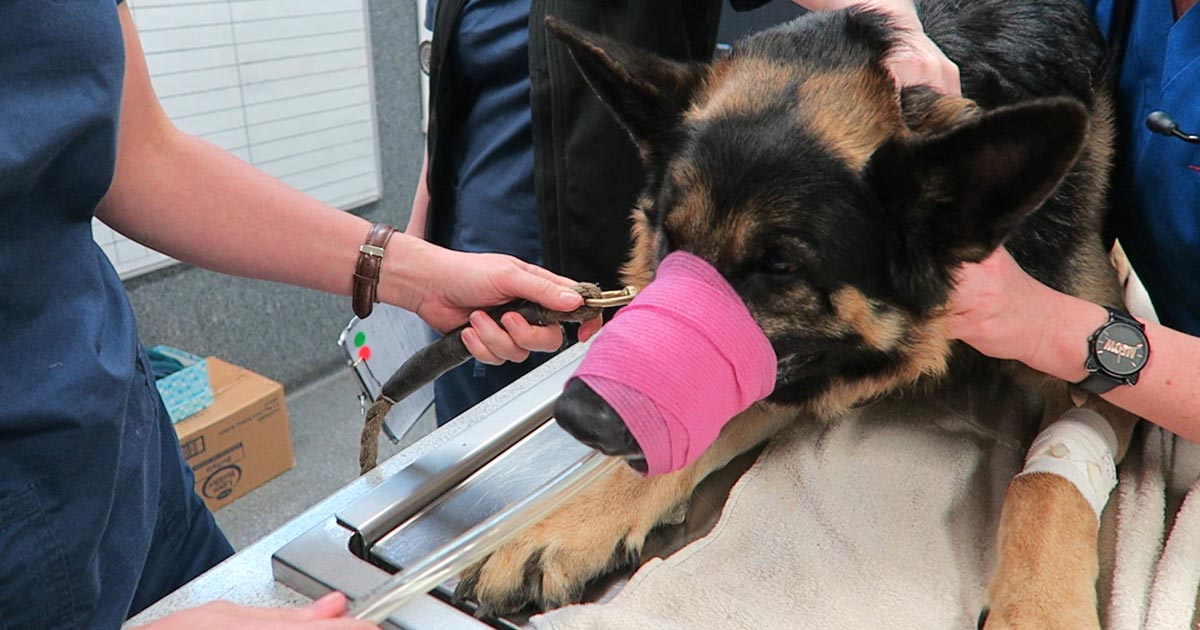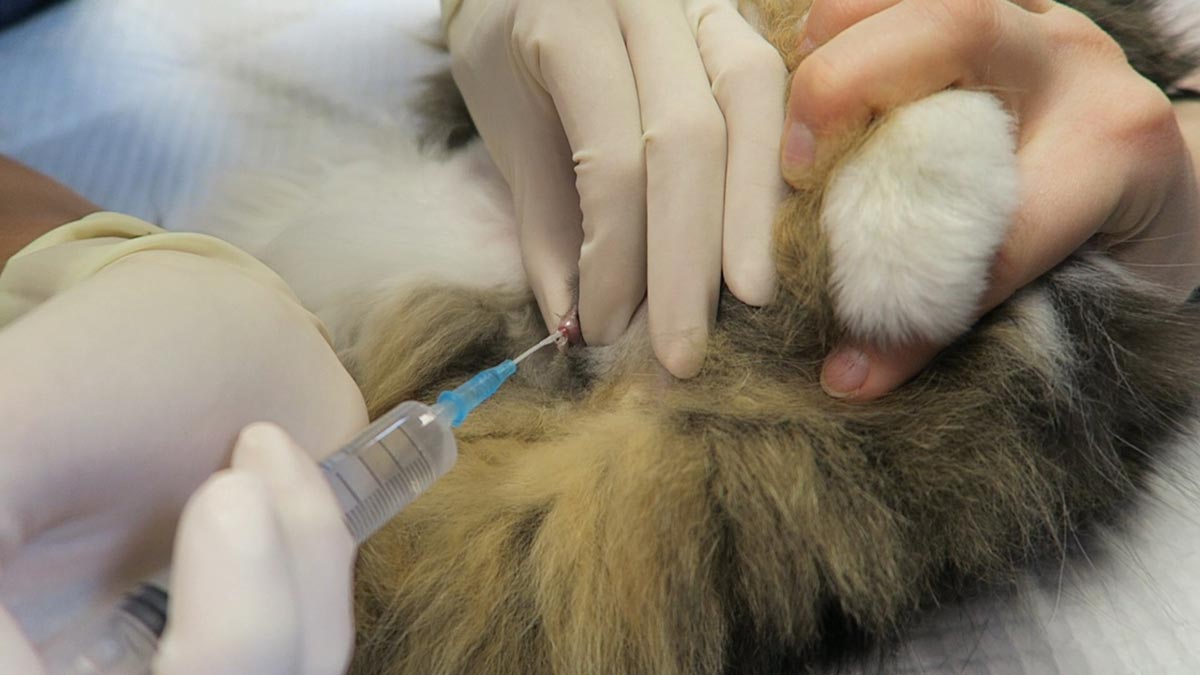Tag: palpation
-

Cardiopulmonary resuscitation, pt 4: monitoring equipment
—
by
Monitoring devices are crucial in the success of cardiopulmonary resuscitation (CPR). Many monitoring modalities can be used during CPR for the assessment of the adequacy of CPR efforts and the return of spontaneous circulation (ROSC). These monitoring devices, however, should never be used as a sole mechanism to confirm cardiopulmonary arrest. Indeed, commencement of CPR…
-

Focus on GDV, part 2: releasing the pressure
—
by
Last week we covered IV fluid resuscitation and pain relief. This week we will go into more detail about gastric decompression. Gastric decompression can be achieved in two ways: trocarisation stomach tube (orogastric tube) placement The decision on which method to use depends on many factors – personal preferences, past experiences and clinical protocols, to…
-

Temporary catheters in obstructed FLUTDs: buying time with a blocked cat
—
by
Obstructive feline lower urinary tract disease (FLUTD) is a common presentation in both general practice and emergency settings. Every clinician has his or her own approach to treating and managing a cat with obstructive FLUTD signs. Working in an emergency setting, once I have confirmed an obstructed bladder via palpation, I focus on trying to…
-
Needle aspirate subcutaneous masses
—
by
Fine needle aspiration (FNA) is a valuable tool in subcutaneous skin masses. We have all had those lumps that, on palpation, you are sure are lipomas (being soft, freely mobile and slow growing). Indeed, the vast majority are just such benign problems – however, it is worth aspirating them to be sure. Felt like lipoma…
-
Check out pad wounds thoroughly
—
by
Last Saturday I had a “walk in” – a very cute spaniel that was limping slightly and had a cut pad. The owner thought she might have trodden on something. A good palpation didn’t seem to suggest the presence of any foreign body and the dog was very stoical. My previous experiences suggest any foreign…